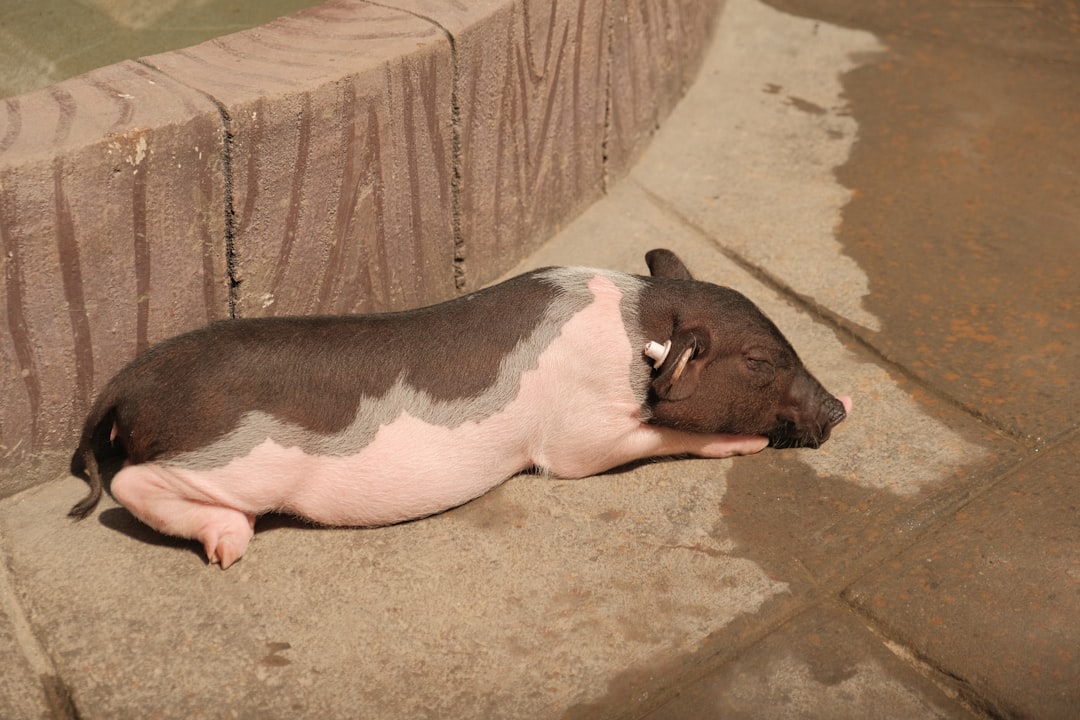What is it about?
The article discusses the techniques available to predictably reduce fractures and keep them aligned and stable enough to allow the surgeon to stabilize them by the application of plates. The reduction phase must be performed in an effective and predictable way, but at the same time respecting the soft tissues so that the biological response is the best possible. This approach should reduce the complication rate and reduce healing time. Any major vascular damage should be avoided. The conservative approach should not affect the stabilization of the fracture from the biomechanical point of view.
Featured Image
Why is it important?
The minimally invasive osteosynthesis (MIO) techniques are important for reducing complication rates and increasing the quality of the final outcome for the patient.
Perspectives
The minimally invasive approach is changing the way an orthopedic procedure is performed. Thanks to new technology available (for example, intraoperative fluoroscopy) and new devices for intraoperative skeletal traction (IST) most fractures can be successfully reduced and stabilized with significant aggressiveness compared to the past. This will hopefully reduce the complications and increase the quality of the final outcome for the patients, but it will require a steep learning curve for the surgeons.
DVM, DECVS (NA) Gian Luca Rovesti
Clinica veterinaria M. E. Miller
Read the Original
This page is a summary of: Minimally Invasive Plate Osteosynthesis Fracture Reduction Techniques in Small Animals, Veterinary Clinics of North America Small Animal Practice, January 2020, Elsevier,
DOI: 10.1016/j.cvsm.2019.08.002.
You can read the full text:
Contributors
The following have contributed to this page










